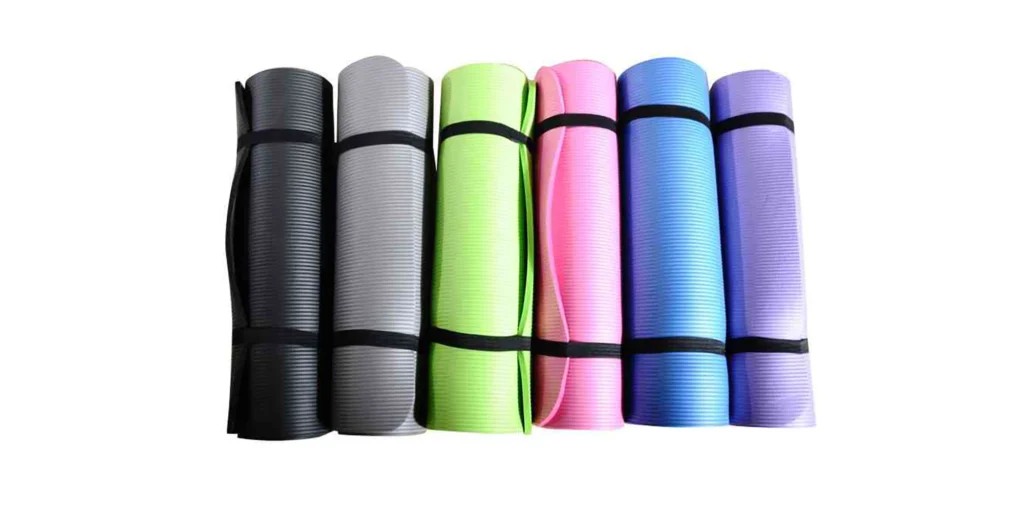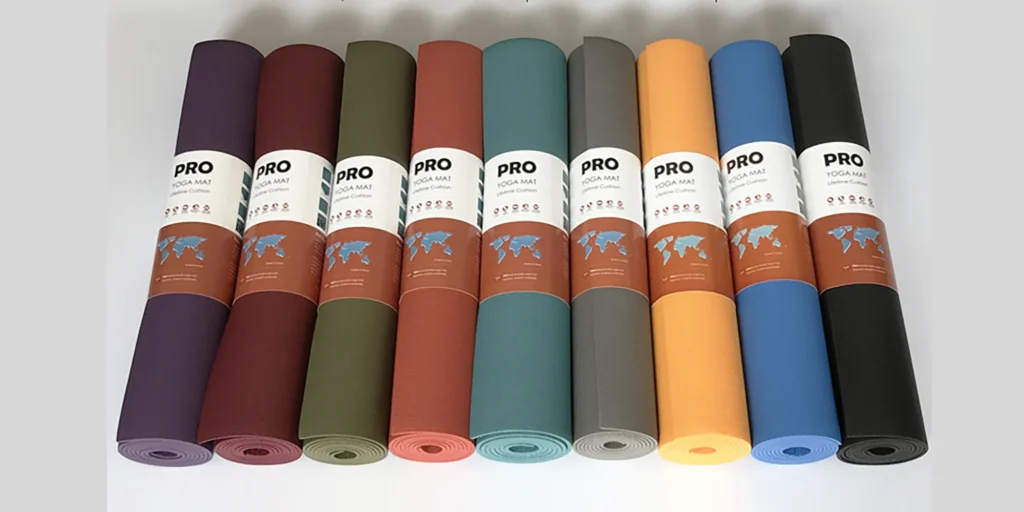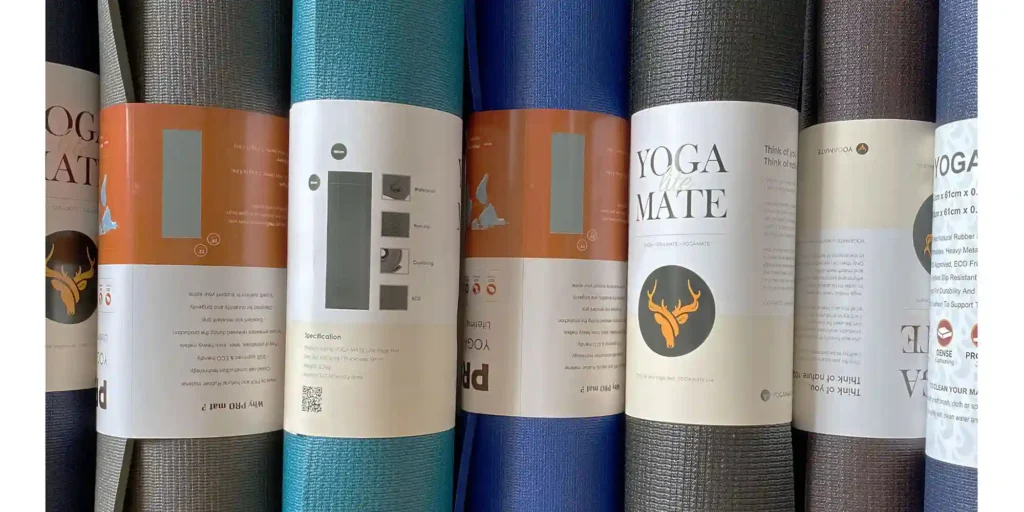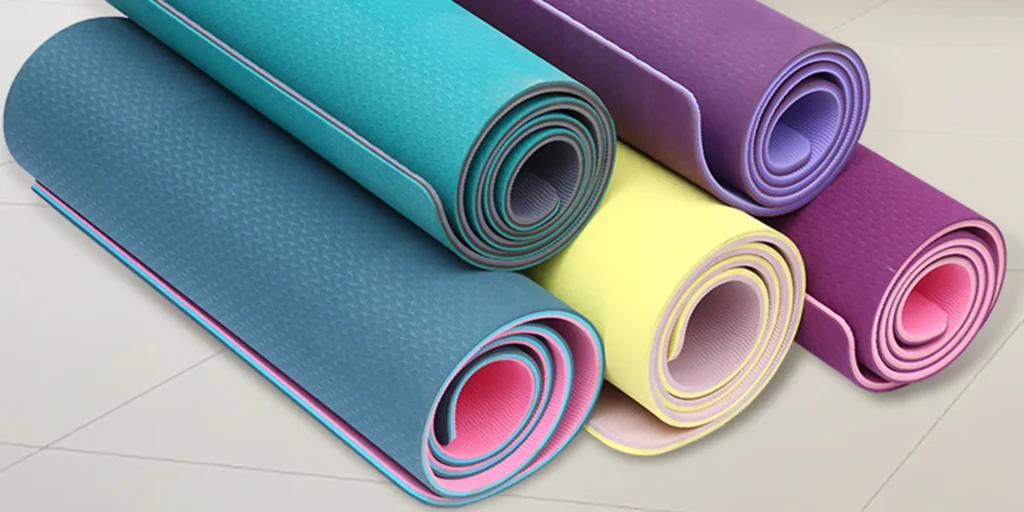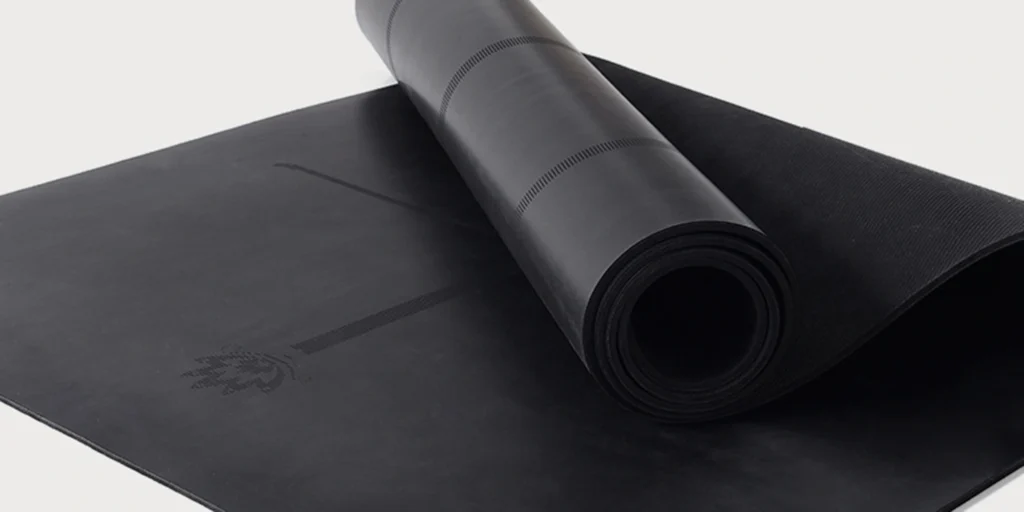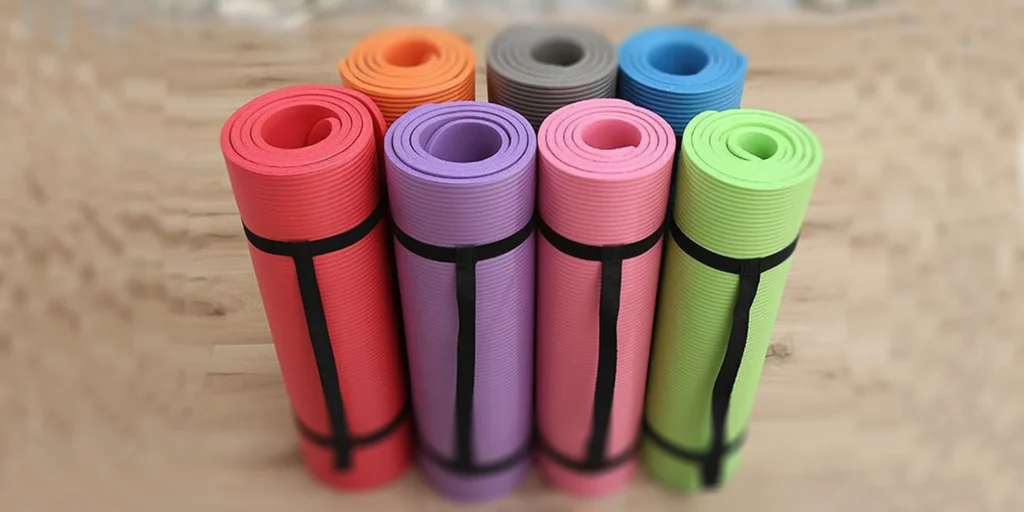Yoga is more than just a physical exercise; it’s a journey toward mental peace and physical well-being. The tools you use can significantly impact your practice, and choosing the right yoga mat is crucial. Among the various options available, EVA foam mats stand out for their unique properties and the support they offer. In this article, we’ll explore why EVA foam mats are a great choice for yoga enthusiasts, how they can enhance your practice, and share some tips on maintaining and cleaning your mat.
Understanding the Unique Properties of EVA Foam
EVA (Ethylene Vinyl Acetate) foam is a versatile material known for its softness, flexibility, and durability. These characteristics make EVA foam mats ideal for yoga, providing a comfortable and supportive surface for various poses and exercises. Here are some of the key properties that make EVA foam mats unique:
1. Cushioning and Comfort
EVA foam provides excellent cushioning, which is essential for yoga practitioners who spend long periods on their hands, knees, or back. The material absorbs impact, reducing stress on your joints and allowing for a more comfortable practice. This is especially beneficial for beginners or those with joint sensitivities.
2. Lightweight and Portable
Despite its cushioning properties, EVA foam is incredibly lightweight. This makes EVA foam mats easy to carry to yoga classes, outdoor sessions, or while traveling. The portability of these mats ensures you can maintain your practice routine wherever you go.
3. Durability and Longevity
EVA foam is known for its durability. It resists wear and tear, even with frequent use, making it a long-lasting investment. Unlike some other materials, EVA foam maintains its integrity over time, ensuring your mat remains supportive and comfortable for years.
4. Water-Resistant and Hygienic
One of the standout features of EVA foam is its water resistance. This property prevents sweat and moisture from seeping into the mat, reducing the risk of bacterial growth and unpleasant odors. As a result, EVA foam mats are more hygienic compared to mats made from other materials.
How EVA Mats Support a Balanced and Safe Practice
A stable and secure surface is critical for a safe and effective yoga practice. EVA foam mats offer several benefits that enhance stability and safety during yoga sessions.
1. Enhanced Grip
EVA foam mats typically feature a textured surface that provides excellent grip. This grip prevents slipping during poses, particularly in styles like Vinyasa or Ashtanga, where transitions between poses are rapid. The enhanced traction ensures you can focus on your practice without worrying about losing your balance.
2. Shock Absorption
The shock-absorbing qualities of EVA foam protect your joints from the impact of more dynamic movements. This is especially important for those who practice on hard surfaces like wood or tile floors. The mat’s ability to cushion impact allows for a more comfortable experience, reducing the risk of injury.
3. Support for Various Yoga Styles
Whether you practice Hatha, Yin, or Power Yoga, an EVA foam mat provides the necessary support for different styles. Its flexibility accommodates various poses and movements, ensuring your mat adapts to your practice rather than the other way around.
4. Alignment Assistance
Some EVA foam mats come with alignment guides printed on them, helping you maintain proper posture and positioning during your practice. This feature is particularly useful for beginners who are still learning the correct form for different poses.
Tips for Maintaining and Cleaning Your EVA Yoga Mat
To ensure the longevity and hygiene of your EVA foam mat, proper maintenance and cleaning are essential. Here are some tips to keep your mat in top condition:
1. Regular Cleaning
Wipe down your EVA foam mat after each practice session with a damp cloth and a mild, natural cleaning solution. Avoid using harsh chemicals, as they can degrade the foam over time. For a deeper clean, occasionally wash the mat with water and gentle soap, then air dry it completely before rolling it up.
2. Avoid Sunlight Exposure
Prolonged exposure to direct sunlight can cause EVA foam to degrade and lose its flexibility. Store your mat in a cool, dry place away from sunlight when not in use. If you practice outdoors, try to avoid leaving your mat in the sun for extended periods.
3. Proper Storage
When not in use, store your mat rolled up with the top surface facing outward. This prevents creases from forming and ensures the mat lies flat when unrolled for use. Some EVA foam mats come with carrying straps or bags, which can help protect them from dust and dirt.
4. Inspect for Wear and Tear
Regularly inspect your mat for signs of wear, such as thinning areas or loss of texture. While EVA foam mats are durable, they will eventually show signs of use. If you notice significant wear, consider replacing your mat to ensure continued support and safety during your practice.
EVA foam mats are an excellent choice for yoga practitioners of all levels. Their unique properties, including cushioning, durability, and water resistance, make them a reliable and comfortable surface for your practice. By providing enhanced grip and shock absorption, these mats support a balanced and safe yoga experience. With proper care and maintenance, your EVA foam mat can be a long-lasting companion on your journey to physical and mental well-being.
Invest in a high-quality EVA foam mat, and elevate your yoga practice to new heights. Whether you’re a beginner or an experienced yogi, the right mat can make all the difference in your journey toward a more balanced, focused, and enjoyable practice.
FAQ (Frequently Asked Questions)
1. What is an EVA foam mat?
An EVA foam mat is a yoga mat made from Ethylene Vinyl Acetate, a material known for its softness, flexibility, and durability. These mats offer excellent cushioning and support, making them ideal for various yoga practices.
2. Why should I choose an EVA foam mat over other types of mats?
EVA foam mats provide superior cushioning, are lightweight and portable, water-resistant, and have a longer lifespan compared to other materials. They also offer enhanced grip and shock absorption, making them a safe and comfortable choice for yoga.
3. How do I clean and maintain my EVA foam mat?
To clean your EVA foam mat, wipe it down after each use with a damp cloth and a mild, natural cleaning solution. Avoid harsh chemicals. For deeper cleaning, wash it with water and gentle soap, then air dry it completely before storing.
4. Can EVA foam mats be used for all types of yoga?
Yes, EVA foam mats are versatile and suitable for various yoga styles, including Hatha, Vinyasa, Yin, and Power Yoga. Their flexibility and cushioning make them adaptable to different poses and movements.
5. How long will my EVA foam mat last?
With proper care and maintenance, an EVA foam mat can last for several years. Regular cleaning, avoiding prolonged sunlight exposure, and proper storage will help extend the lifespan of your mat.
#YogaMats #EVAfoam #YogaPractice #MindfulMovement #YogaEssentials #HealthyLiving #YogaTips #WellnessJourney #FitnessGoals
WELLE Trade has over 20 years of experience in the production and processing of PE/EVA/TPE foams, so you may want to consult with them if you have any sourcing needs.
